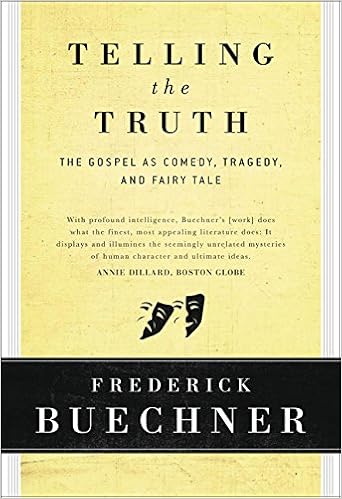Robyn and Con are coming for lunch. David's making the mains and I'm making one of David Herbert's Weekend Australian recipes: Apple, Blueberry and Almond Cake. It's in the oven now and David said, when he came back from his walk with Molly, that the kitchen smells like Christmas. Here's the recipe:
APPLE, BLUEBERRY AND ALMOND CAKE
125g butter, softened
125g caster sugar
1 tsp vanilla extract
2 eggs, beaten
100g self-raising flour
50ml milk
125g ground almonds
1 apple
100g blueberries
Topping
125g butter, melted
2 eggs
1 tsp cinnamon
50g flaked almonds
Preheat oven to 180 degrees C. Grease and line base of a 20cm spring-form cake tin. Beat butter, sugar and vanilla extract until fluffy then gradually beat in eggs, one at a time. Add a little sifted flour if mixture looks as if it might separate. Lightly fold in remaining flour, milk and half the almonds until combined. Spread into base of cake tin, Sprinkle with remaining ground almonds and then top with apple and blueberries. To make topping, put melted butter in a bowl and whisk in eggs, sugar and cinnamon. Pour over cake. Sprinkle with flaked almonds. Bake for about 60 minutes; when ready, it should be firm to the touch and a skewer inserted in the centre should come out clean. Cool completely in the tin before turning out. Dust with a little icing sugar to serve if desired.
And...something to think about...
Writing about the Prodigal Son, Baxter Kruger says in his little book, Parable of the Dancing God,
"The third parable of Jesus in Luke 15 is without question among his most famous. It is also his most loved. It is about a father and his two sons. And this fact alone endears the parable to us. It is most often called 'the parable of the prodigal son', or 'the parable of missing the whole point'. But this story is not really about either the prodigal son or the blind son. It is about the father. He is the central figure. And Jesus is using this father and his relationship with his two sons to reveal to us the shocking truth about God.
This story is about who God is and what God is actually like. It is about the way God thinks, how He thinks. It is about the way God acts towards us. It is about the Father's heart and joy. It is a story of a God we can believe in..."












